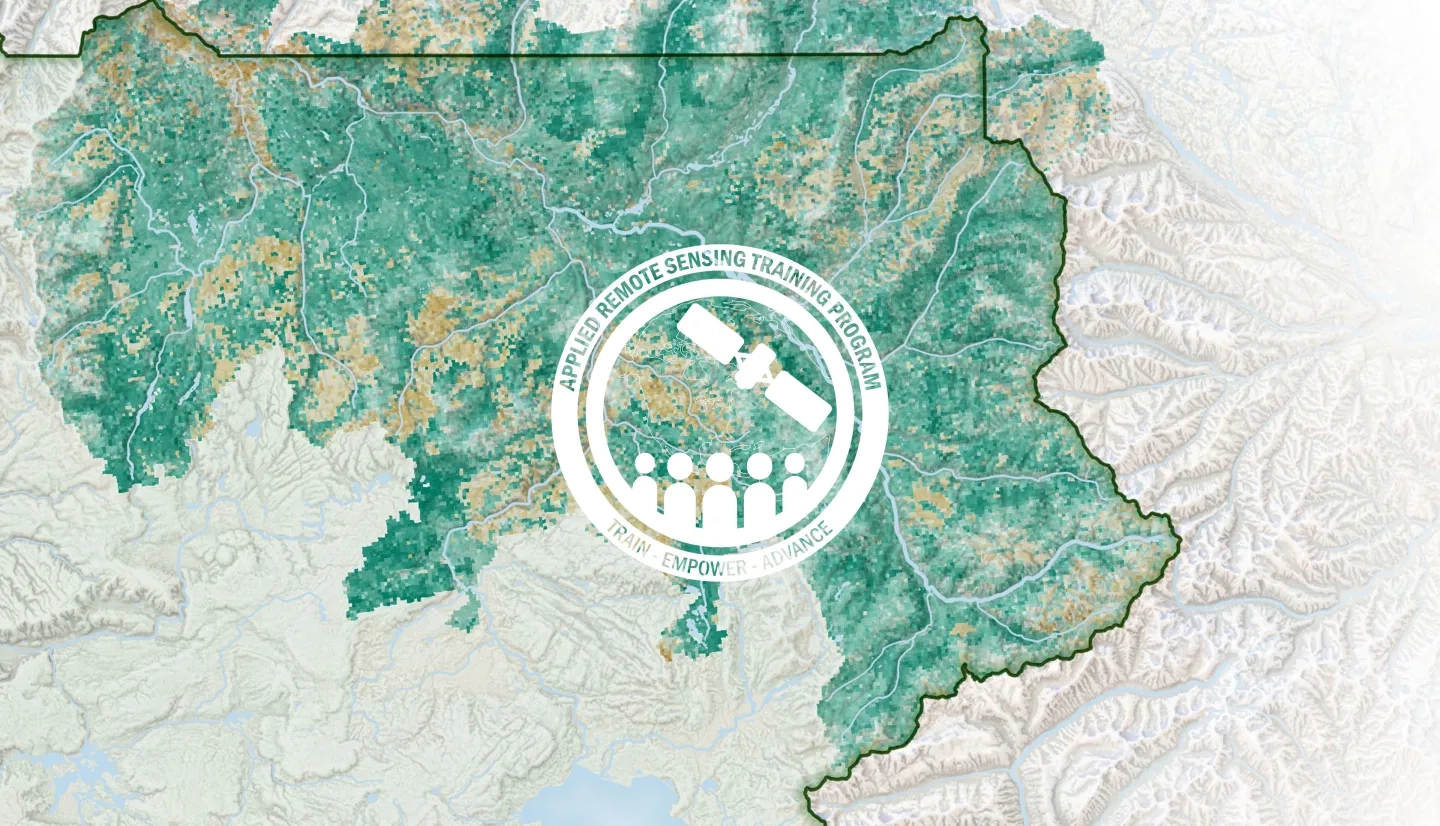Description
Species Distribution Models (SDMs) play a critical role in biodiversity, conservation, and understanding the potential impacts to ecosystems under changing climate conditions. SDMs contextualize future scenarios based on known or projected ecological parameters and are the cornerstone for adaptive management planning around short- and long-term changes to complex landscapes. This training will provide an overview of SDMs, show how to use remote sensing data for landscape characterization, and highlight multiple Applied Sciences projects that have developed tools for conducting SDM for a variety of ecosystems. This will include a special session on the Wallace R-based platform for modeling of species niches and distributions. Attendees will be provided with demonstrations and additional resources for using these tools for their own species modeling applications.
By the end of this training, attendees will be able to:
- Outline the uses of SDMs
- Recall the data inputs and model framework of SDMs
- Distinguish the benefits and limitations of SDMs
- Execute the R-based Wallace code for SDMs
- Summarize and access multiple SDM tools
Local, regional, state, federal, and non-governmental organizations involved in conservation, biodiversity, species modeling, and coastal and ocean processes.
- Three 1.5 hour sessions on Aug. 12, 17, and 19
- Those who attend all three live training sessions and complete the homework will be awarded a certificate of completion.
- Recordings of each training session will be posted within 48 hours after the session.
- Presentation slides, homework, and other materials will appear underneath each session description as they are made available.
- Introduction to SDMs
- Species data
- Remote sensing of predictor variables
- Model development
- Pros/Cons and summary
- Q&A
Materials:
- Introduction to SDMs in Wallace
- Wallace Walkthrough: Running a full SDM workflow
- SDM Extensions: SDM comparisons and post-processing for conservation decision-making and beyond
- Summary
- Q&A
Materials:
Optional For Part 2: Although NOT A PREREQUISITE, in Part 2 there will be a demonstration of Species Distribution Models in Wallace, an ecological modeling application. If you wish to follow along with this demo, before Part 2 follow these instructions for download and installation.
- Wallace v1.1.0 Instructions for Installation
- We will have the recording of this demonstration available within 48 hours after the presentation for you to go through the demonstration at your own pace.
- Mapping Application for Penguin Populations and Projected Dynamics (MAPPPD)
- Wildlife Insights
- Map of Life
- Circuitscape
- Fisheries and Climate Toolkit (FaCeT)
- Summary/Wrap Up
- Q&A
Materials:



